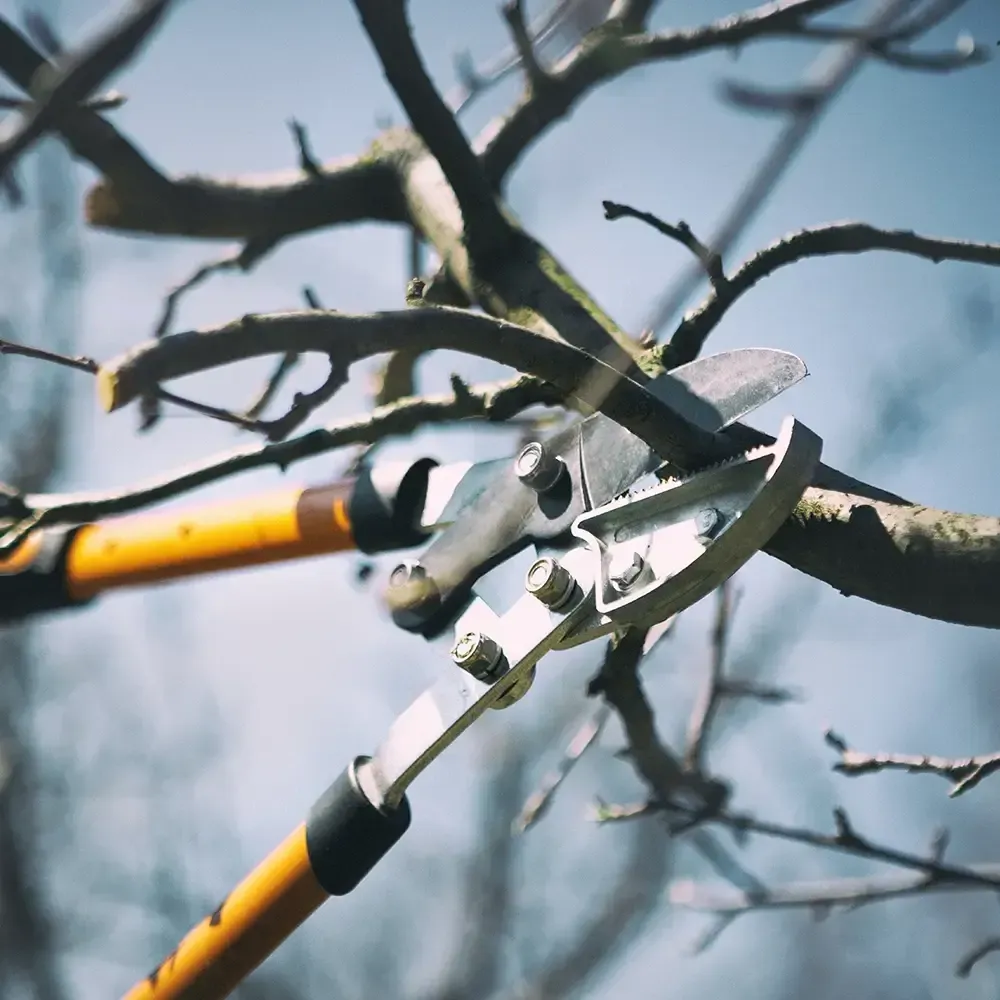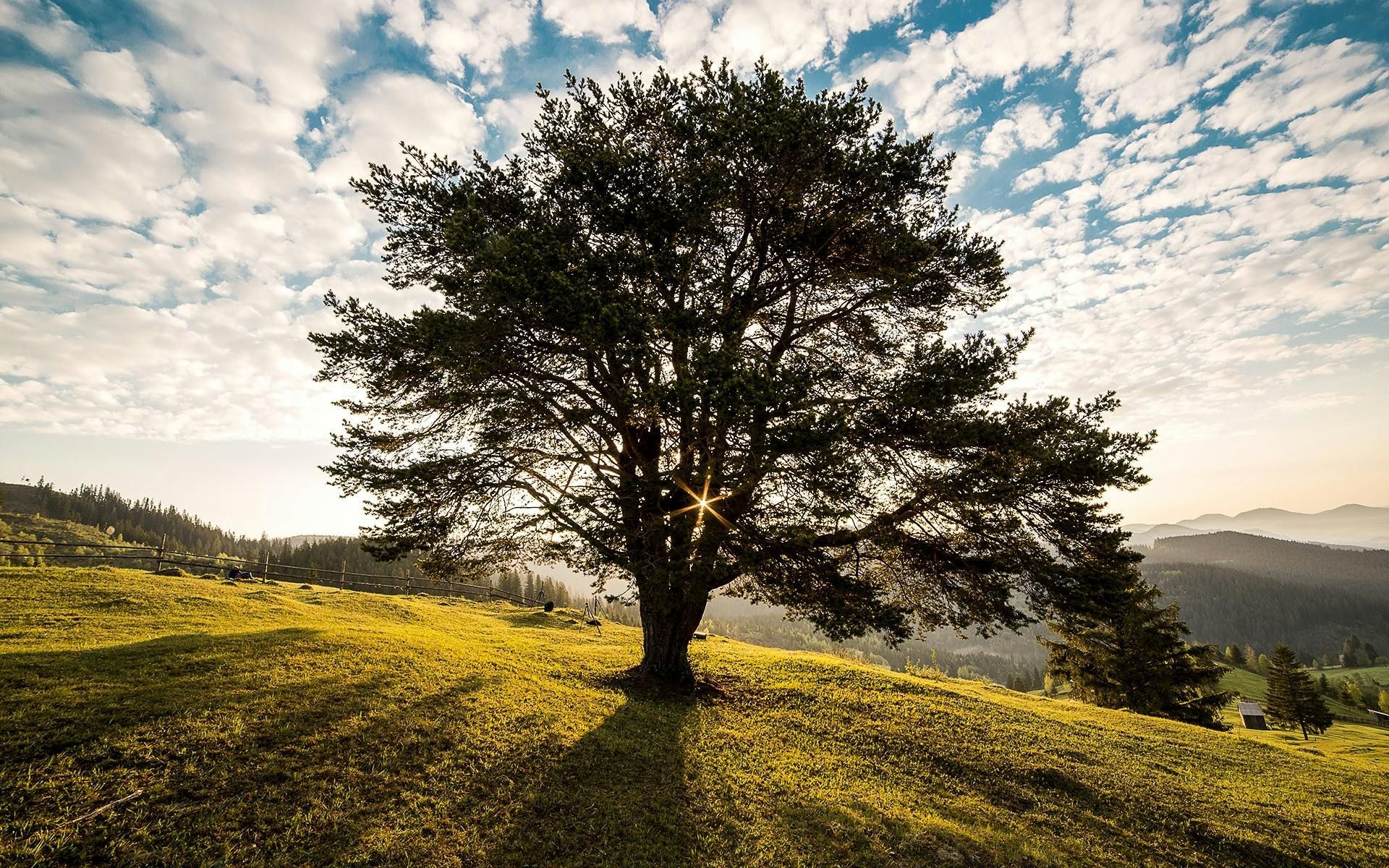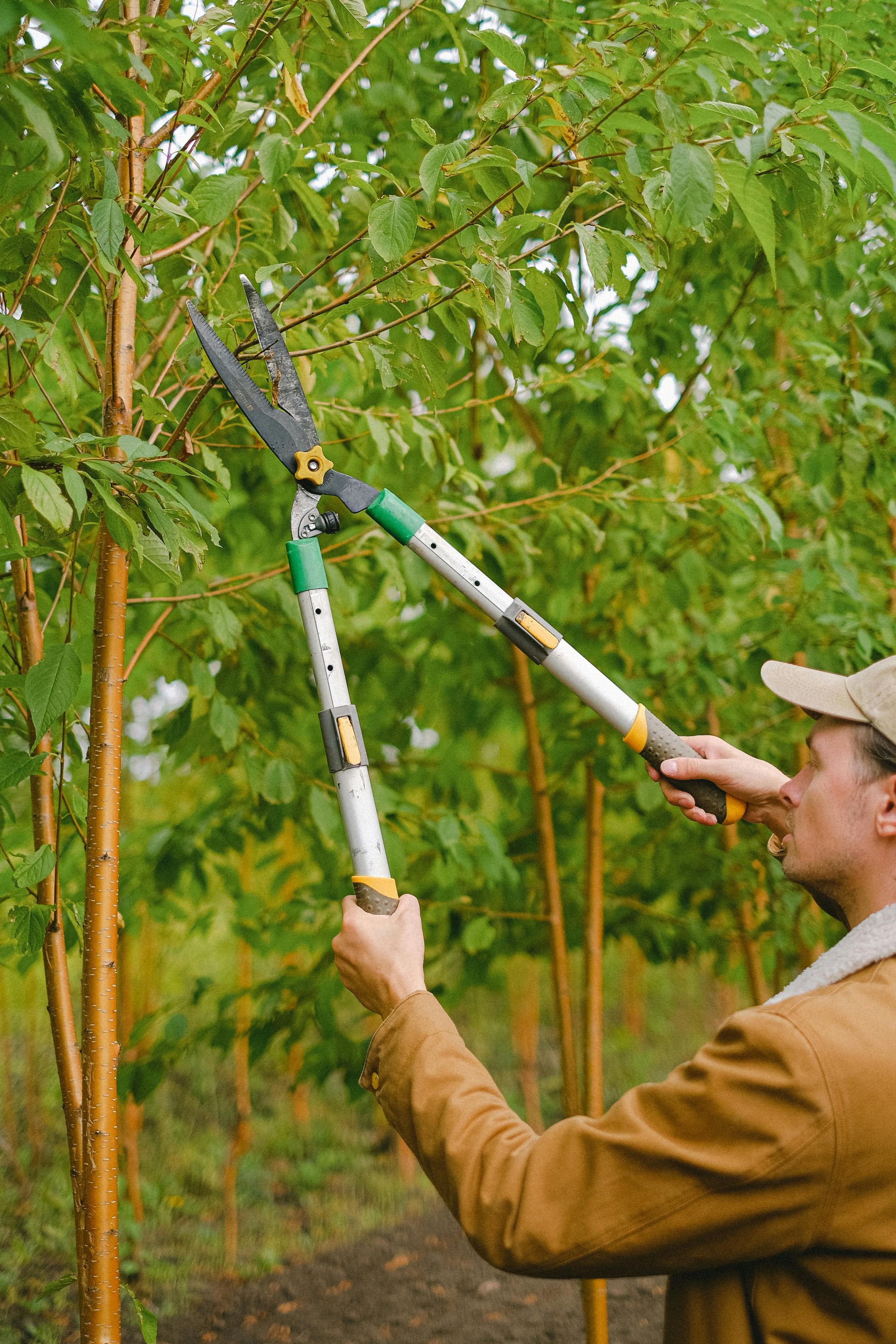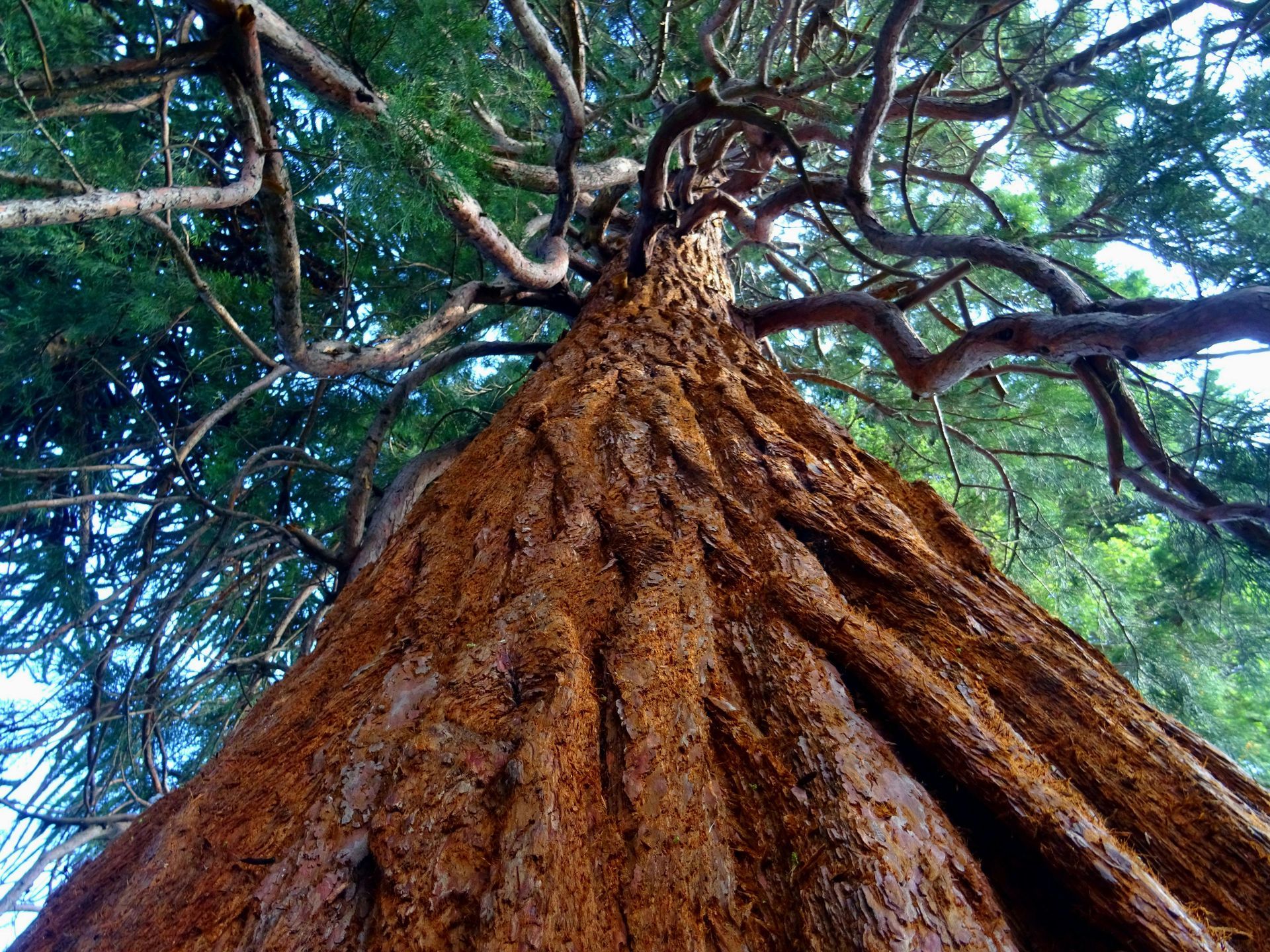The Great Douglas fir Tree
The Douglas fir tree, known scientifically as Pseudotsuga menziesii, is a true giant of the forest. At Bellevue Timber Techs, we admire the beauty and strength of these remarkable trees. Not only are they essential to our ecosystems, but they are also treasured for their economic value and cultural significance. Let's dive into the world of the Douglas fir and learn why this tree is so great!
What Makes the Douglas Fir So Special?
Douglas firs are unique because they are not true firs. Despite their name, they belong to a different genus, Pseudotsuga, which means “false hemlock.” They stand out with their towering height, often reaching over 250 feet, and their straight, thick trunks covered in deeply grooved, fire-resistant bark. Their cones are also quite distinctive, with bracts that look like tiny mouse tails poking out from between the scales.
These trees have been around for millions of years and are native to North America. They can be found from the wet, coastal forests of the Pacific Northwest to the drier, higher elevations of the Rocky Mountains. Their ability to adapt to different climates makes them a versatile and hardy species.
The Tall Giants of the Forest
Douglas firs are among the tallest trees in the world. In fact, some of the tallest living trees are Douglas firs, reaching up to 327 feet tall. This height provides a canopy that is a crucial habitat for many species. Birds such as owls and woodpeckers make their homes high in the branches, while small mammals like squirrels rely on the tree’s seeds and shelter. The dense foliage of Douglas firs also creates a shaded environment below, allowing a diverse range of plants and animals to thrive.
The Importance of Douglas Firs in Nature
Douglas firs play a significant role in maintaining the balance of forest ecosystems. They are considered a "pioneer species," meaning they are one of the first trees to grow after a disturbance like a fire or logging. Their fast growth helps stabilize soil, reduces erosion, and provides shelter for other plants and animals. The thick bark of the Douglas fir helps protect it from fire, allowing it to survive and regenerate after forest fires, which are common in many of its natural habitats.
The tree’s deep roots also help maintain soil health by reaching deep into the ground, pulling up nutrients that benefit surrounding vegetation. This makes Douglas firs vital to forest health and resilience.
Economic Value of Douglas Firs
Douglas fir wood is highly valued for its strength, durability, and versatility. It is a favorite material for builders and carpenters, often used in construction for framing, flooring, and plywood. The wood is strong and flexible, making it ideal for beams and supports in buildings. It’s also resistant to decay, which makes it an excellent choice for outdoor projects like decks and fences.
The logging industry has long relied on Douglas firs, which are harvested sustainably to provide a renewable source of lumber. In addition to construction, Douglas firs are also popular as Christmas trees because of their full shape, soft needles, and pleasant scent. They are often chosen for their ability to hold ornaments and their resistance to needle drop.
Fascinating Facts About Douglas Firs
- Long Lifespan: Douglas firs can live for hundreds of years, with some trees over 1,000 years old! This longevity is due to their resistance to disease and pests and their ability to withstand harsh environmental conditions.
- Cultural Significance: Indigenous peoples in North America have used Douglas firs for centuries. The tree’s wood was used to make tools, utensils, and even canoes. The needles were often brewed into a tea rich in vitamin C.
- Resin for Health: The resin from Douglas firs has been used traditionally for its antiseptic properties. It was applied to wounds and cuts to prevent infection and promote healing.
- Helping the Environment: Douglas firs are known for their ability to improve air quality. They absorb carbon dioxide and release oxygen, helping to combat climate change.
How to Care for a Douglas Fir Tree
If you're lucky enough to have a Douglas fir in your yard or garden, proper care is essential to keep it healthy. Here are some tips to help your tree thrive:
- Watering: Young Douglas firs need regular watering, especially during dry periods. Mature trees are more drought-tolerant but still benefit from occasional deep watering to keep their roots strong.
- Mulching: Applying mulch around the base of the tree helps retain moisture and keeps the soil cool. Mulch also protects the roots from extreme temperatures and prevents weed growth.
- Pruning: Regular pruning helps maintain the tree’s shape and remove any dead or diseased branches. This reduces the risk of pests and diseases and keeps the tree healthy.
- Pest Control: Douglas firs can be susceptible to pests like bark beetles. Keep an eye out for signs of infestation, such as small holes in the bark or sawdust at the base of the tree. Early detection and treatment are crucial to protecting your tree.
Need Help with Your Douglas Fir?
At Bellevue Timber Techs, our team of professional Bellevue arborists is here to help you care for your Douglas fir tree. Whether you need assistance with pruning, pest control, or general maintenance, we have the expertise to ensure your tree stays healthy and beautiful. Contact us today to learn more about our tree care services and how we can help you keep your Douglas fir thriving!
By understanding the importance and unique characteristics of the Douglas fir, we can better appreciate this great tree and its role in our natural world. At Bellevue Timber Techs, we are dedicated to preserving the beauty and health of our forests, one tree at a time.
Ready to work with Bellevue Timber Techs?
Let's connect! We’re here to help.
Send us a message and we’ll be in touch.
Or give us a call today at 425-655-1140
Agency Contact Form
Recent Blog's










